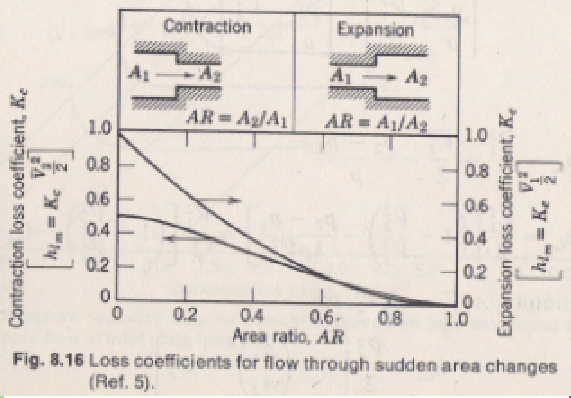|
|
|
|
Next: 9 HW 9 |
|
In this class,

ideal stagnation point flow.Have another look at that solution (the correct solution is on the web). Was the pressure given by the Bernoulli law, even though the flow was assumed to be viscous? So, was the viscous stress zero? What was it? Was the viscous force per unit volume zero? The same things happen for any incompressible flow that is
irrotational,i.e. for which the vorticity is zero. Such flows are also called
idealflows or
potentialflows. Now consider another irrotational flow that you looked at in an earlier homework, 4.6. This flow was unsteady. Was the viscous stress tensor zero? What was it? Was the viscous force per unit area zero? If so, then apparently the pressure was given by an extended Bernoulli law that applies to unsteady flow.
